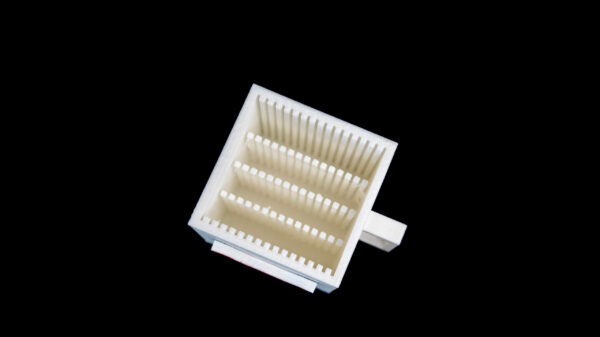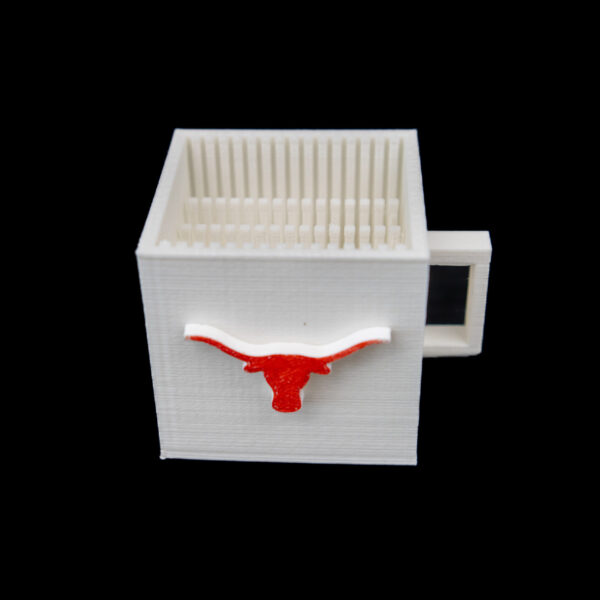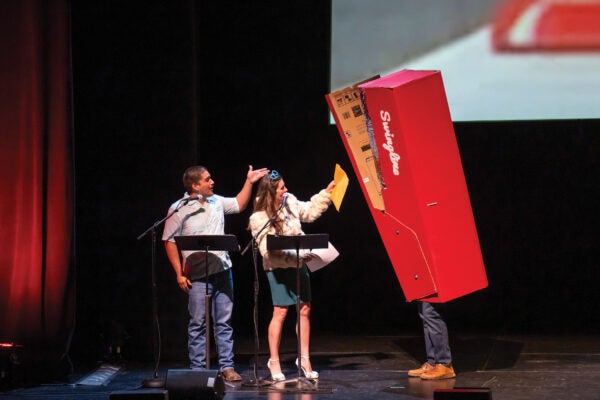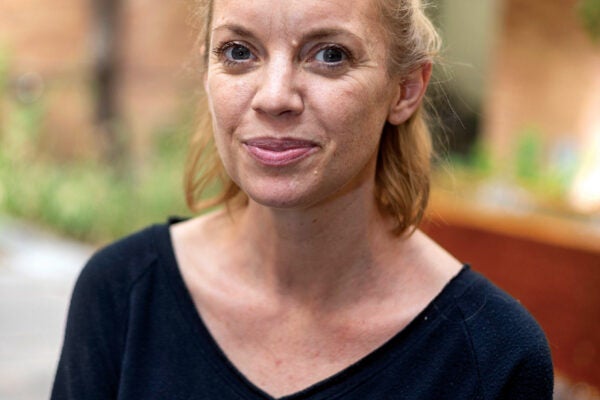In recent years, natural disasters and human error have temporarily left the people of Austin without clean water, sometimes for days at a time. In both Hurricane Harvey in 2017 and the winter storm of 2021, people throughout Texas had to find alternative methods for getting water to drink.
Donglei “Emma” Fan, a professor in the Walker Department of Mechanical Engineering and a researcher in the materials science and engineering program, cites these disasters as some of the core reasons for shifting her research toward finding a new method for efficiently disinfecting water.
“I think we need to improve people’s resilience in natural disasters, particularly with ongoing climate change,” Fan says. “Everyone should be able to save themselves.”
Shortly before the beginning of the COVID-19 pandemic, Fan and her team of engineers began developing their invention, which she says can remove 99.997% of E. coli bacteria from polluted creek water in just 25 minutes. The process uses an innovative technique that involves placing electrodes inside a cup that captures and removes harmful bacteria, leaving the water safe for drinking.

Whereas standard disinfection techniques use potentially toxic chemicals and often leave behind dead bacteria in the water, Fan’s technique uses electricity to draw out the bacteria. Bacteria naturally move or swim within the water to find nutrients, so the electricity from the electrodes disorients and attracts the bacteria, drawing them right into a trap.
“We leverage the swimming behaviors of bacteria to capture them. With only 8 volts of power, we can physically remove all traces of the bacteria,” Fan says.
At only $20 to $30 per unit, Fan says this device could be widely accessible and easy to obtain. She is currently seeking a patent for her design to make it commercially available while her team continues researching ways to refine it to remove viruses and microplastics. The current model is still very effective; when municipal supplies are compromised, you only need a creek or stream and a car battery to power the device.
“We designed it so that you could use a battery to power it, which keeps it mobile,” Fan says.

While the method currently can only disinfect a small amount of water, about the quantity that can fit in a small cup, Fan’s team is researching ways to scale up the process. Fan says that she believes the technique could one day be used to disinfect whole swimming pools without needing any chlorine or salt. She also says her undergraduate students are testing ways to disinfect flowing water to broaden the device’s uses. Each electrode costs around $2, so larger-scale disinfections would be more costly. Still, Fan says that some of her team members are testing different types of electrodes that could reduce the cost and make installation even easier.
With an increasing risk of climate-related disasters in the future, a reliable way to clean water for drinking is needed more than ever. Fan’s team of researchers will continue testing different materials and approaches, but she says she is now seeking business-savvy partners to help co-develop the technology and get it off the ground.
“I’m interested in talking to people about our progress,” Fan says. “I think this device is very valuable and can make a huge impact.”



